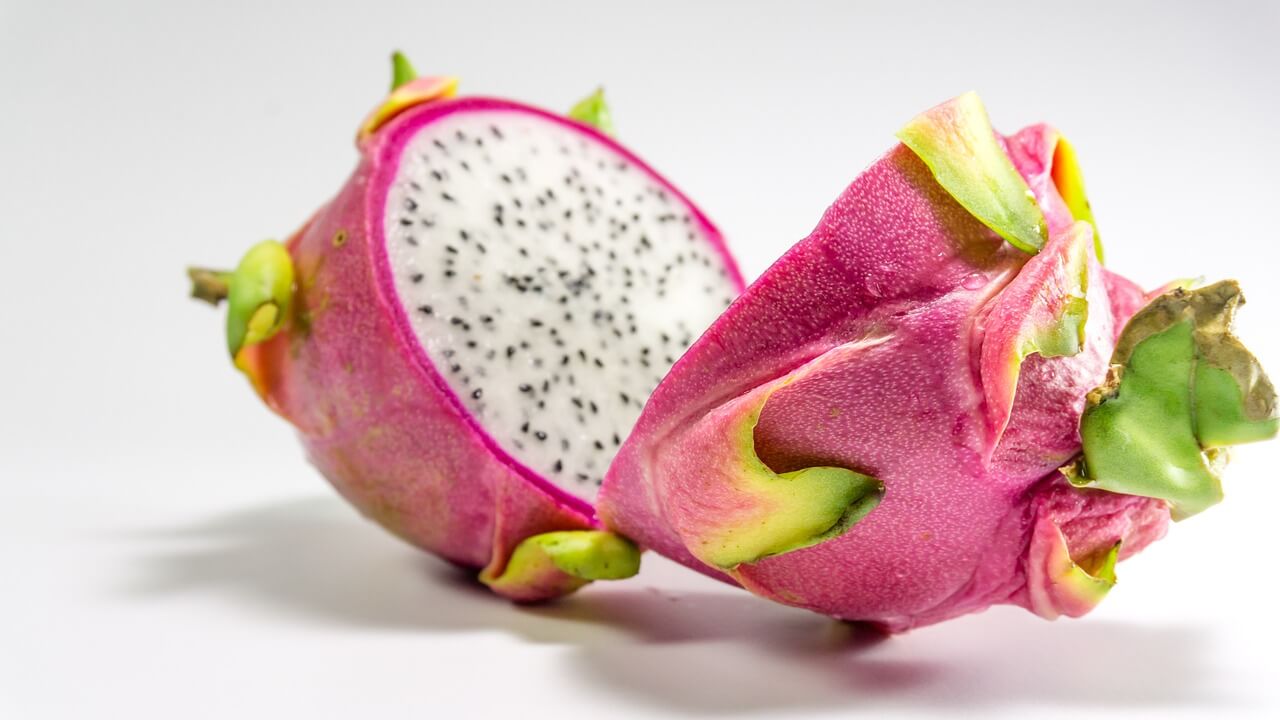When is Dragon Fruit in Season?
In the Philippines, dragon fruit is a seasonal fruit that is usually in season between July to October. However, if the dragon fruit is harvested at 30 days after flowering, when the fruit is fully matured, then its off season shelf life can be longer.
Understanding Dragon Fruit
Dragon fruit, also known as pitaya, is a tropical fruit that is gaining popularity in many parts of the world. It is a cactus fruit that is native to Central and South America but is now extensively cultivated in Southeast Asia, particularly in Vietnam, Thailand, and the Philippines.
Origin and Cultivation
Dragon fruit is believed to have originated in Mexico and Central America. It was then introduced to other parts of the world, including Southeast Asia, where it is now grown commercially. In Vietnam, dragon fruit is mainly grown in the Binh Thuan and Long An provinces, while in Thailand, it is grown in the Chanthaburi and Rayong provinces. The fruit is also cultivated in the Philippines, Malaysia, and Indonesia.
Dragon fruit is a tropical fruit that requires warm temperatures and plenty of sunlight to grow. It can be grown in a variety of soils, but it thrives in well-draining soil with a pH range of 6.0 to 7.0. The fruit is usually harvested between June and December in Vietnam, while in Thailand, it is harvested between May and October.
Nutritional Value
Dragon fruit is a low-calorie fruit that is rich in nutrients. It is an excellent source of vitamin C, which is essential for immune system function and skin health. Dragon fruit also contains other vitamins and minerals, including vitamin B6, iron, and magnesium.
Dragon fruit is also a good source of dietary fiber, which can help promote digestive health and prevent constipation. Additionally, it contains antioxidants, which can help protect the body against damage from free radicals.
| Nutrient | Amount per 100g | % Daily Value* |
|---|---|---|
| Calories | 60 kcal | 3% |
| Carbohydrates | 9 g | 3% |
| Fiber | 1.9 g | 8% |
| Sugars | 8 g | – |
| Protein | 1.9 g | 4% |
| Fat | 0.4 g | 1% |
| Vitamin C | 9 mg | 15% |
| Calcium | 8 mg | 1% |
| Iron | 0.65 mg | 4% |
| Magnesium | 9 mg | 2% |
| Antioxidants | High | – |
| Phytochemicals | Betalains | – |
*Percent Daily Values are based on a 2000 calorie diet. Data from USDA.
Please note that these values are approximate and can vary based on factors such as the variety and ripeness of the dragon fruit. Dragon fruit is known for its vibrant color, unique appearance, and high antioxidant content.
Dragon Fruit Season
United States
Dragon fruit is not typically grown in the United States, but it is imported from other countries. Availability may vary by state. Here is a table showing the availability of dragon fruit in each state:
| State | Availability |
|---|---|
| California | Year-round |
| Florida | May to October |
| Hawaii | Year-round |
| Texas | May to November |
Note: Availability may vary by region within each state. Please check with your local grocery store or market for more information.
How to Choose
When choosing dragon fruit, look for fruit that is firm to the touch but not too hard. The skin should be bright and evenly colored, with no blemishes or soft spots. The fruit should also have a slight give when pressed, similar to a ripe avocado.
There are two main types of dragon fruit: white-fleshed and red-fleshed. The white-fleshed variety is slightly sweeter and milder in flavor, while the red-fleshed variety is slightly tart and more flavorful. Choose the variety that suits your taste preferences.
Proper Storage
Dragon fruit should be stored at room temperature until it is ripe, and then refrigerated to keep it fresh. Once ripe, dragon fruit can be stored in the refrigerator for up to four days.
To ripen dragon fruit, leave it at room temperature for a few days until it is slightly soft to the touch. You can also speed up the ripening process by placing the fruit in a paper bag with an apple or banana, which will release ethylene gas and help the fruit ripen faster.
To store dragon fruit, wrap it in plastic wrap or place it in an airtight container and refrigerate it. Make sure to eat the fruit within a few days of refrigerating it, as it will start to lose its flavor and texture after that.
Overall, buying and storing dragon fruit is easy if you know what to look for and how to store it properly. By following these simple tips, you can enjoy fresh and flavorful dragon fruit all year round.
